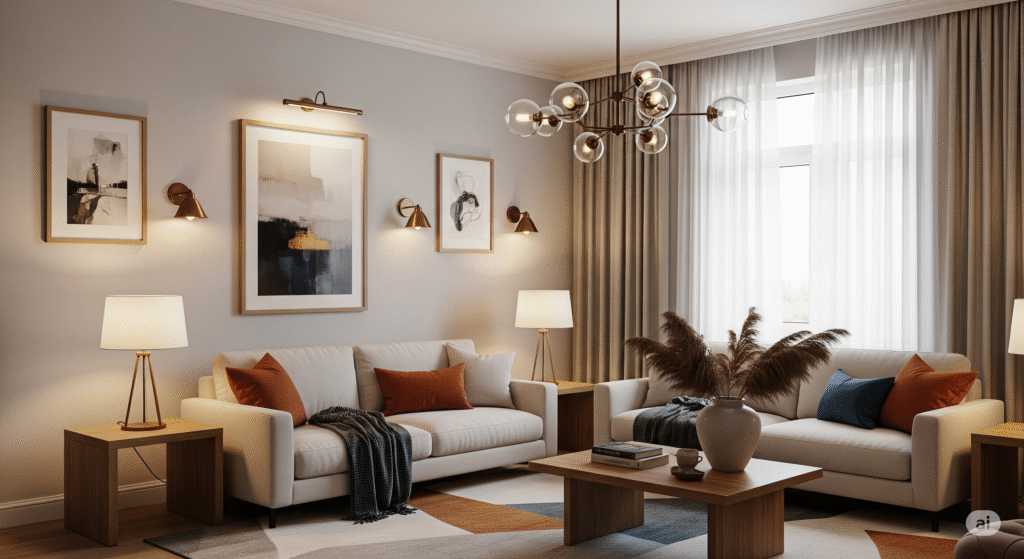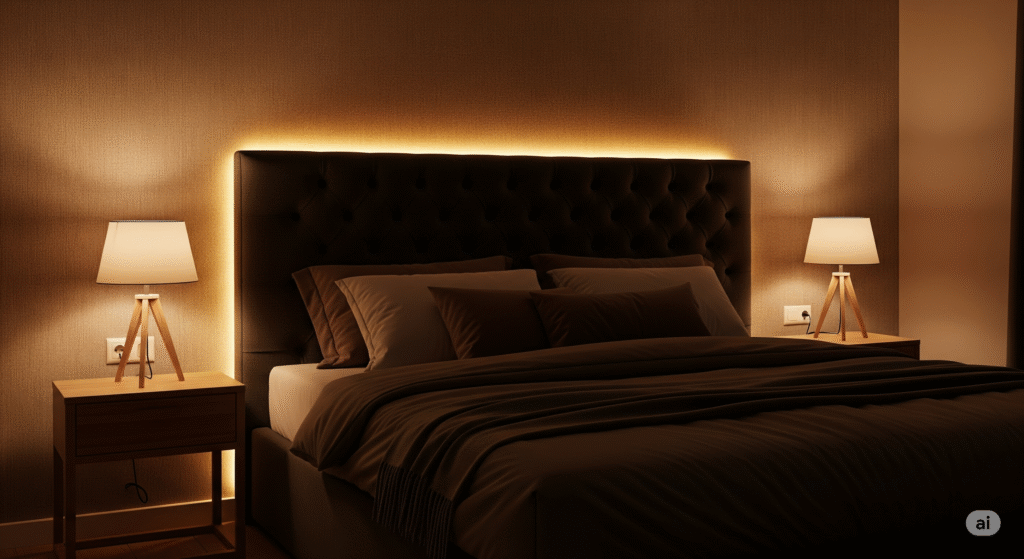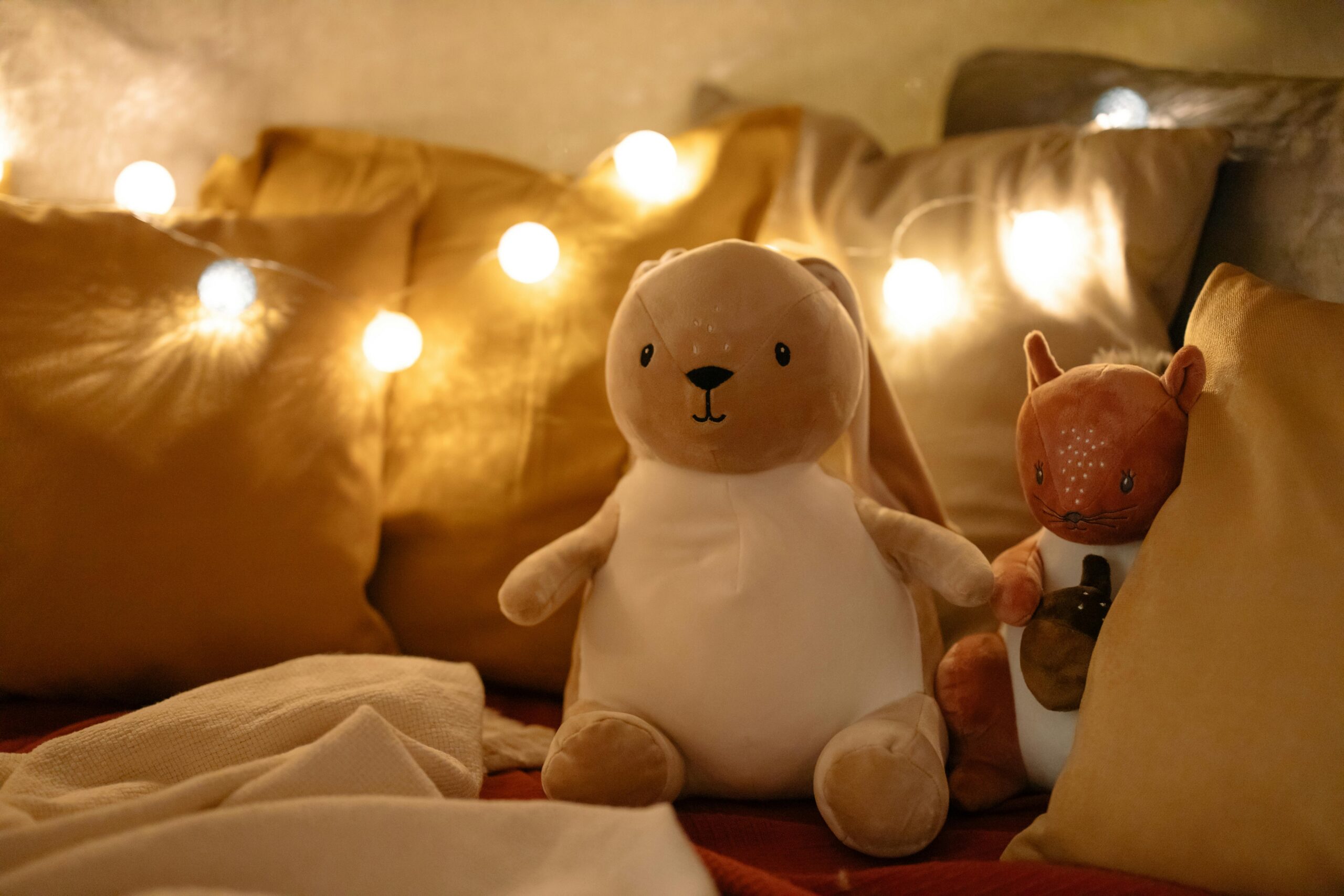How Should You Light Up Your Home: Room-by-Room Guide
Lighting is more than just flipping a switch. The right lighting can make your home feel warm, stylish, and functional. But here’s the thing—each room in your home serves a different purpose, so a one-size-fits-all lighting approach won’t work.
In this guide, we’ll walk you through exactly how to light up each room in your home, so you create spaces that feel inviting, practical, and full of life.
Why Room-by-Room Lighting Matters
Different rooms have different moods and tasks. A kitchen needs bright task lighting for cooking, while a bedroom benefits from soft, warm lights that help you unwind. Choosing the right type, placement, and brightness for each room will:
- Improve functionality (you see better and work safer)
- Enhance the room’s mood and ambiance
- Highlight architectural or decor features
- Save energy when done smartly
💡 Pro Tip: Think of lighting in layers—ambient (overall light), task (focused light for specific activities), and accent (decorative or feature-focused light).
1. Living Room Lighting
Your living room is where people gather, so you want it to feel warm and welcoming.
Best Lighting Choices:
- Ambient Light: A central chandelier or large pendant light for general illumination.
- Task Lighting: Floor lamps near reading chairs, adjustable table lamps near seating areas.
- Accent Lighting: Wall sconces or LED strips behind the TV to reduce eye strain.
Design Tips:
- Use dimmers so you can adjust the brightness based on the activity (watching movies vs. entertaining guests).
- Layer different light sources for depth.

2. Kitchen Lighting
The kitchen is the home’s workspace, so good task lighting is essential.
Best Lighting Choices:
- Ambient Light: Recessed ceiling lights or a central flush mount.
- Task Lighting: LED strip lights under cabinets for countertop work.
- Accent Lighting: Pendant lights over the island for style and extra brightness.
Design Tips:
- Choose cooler white lights (around 4000K) for better visibility while cooking.
- Avoid shadows on work surfaces by placing lights in front of you, not behind.

3. Bedroom Lighting
The bedroom is your personal retreat, so the lighting should promote relaxation.
Best Lighting Choices:
- Ambient Light: A ceiling light with a dimmer switch.
- Task Lighting: Bedside lamps for reading.
- Accent Lighting: Soft LED strips behind the headboard or under the bed for a cozy glow.
Design Tips:
- Use warm white bulbs (2700K–3000K) to create a calm atmosphere.
- Place switches near the bed for convenience.

4. Bathroom Lighting
Bathroom lighting needs to be both functional and flattering.
Best Lighting Choices:
- Ambient Light: Ceiling-mounted fixtures or recessed lights.
- Task Lighting: Vertical lights on either side of the mirror to avoid shadows.
- Accent Lighting: LED strips under cabinets for a modern touch.
Design Tips:
- Choose bright, natural white light (around 4000K) for grooming tasks.
- Avoid a single light above the mirror—it casts unflattering shadows.
5. Home Office Lighting
If you work from home, lighting affects both your productivity and mood.
Best Lighting Choices:
- Ambient Light: Overhead light that evenly illuminates the space.
- Task Lighting: Adjustable desk lamp to reduce eye strain.
- Accent Lighting: Wall art lighting for a pleasant work atmosphere.
Design Tips:
- Avoid glare on your computer screen by positioning lights carefully.
- Use daylight bulbs (5000K) to stay alert and focused.
Light Up Your Cozy Room – 10 Ideas To Work On
6. Dining Room Lighting
Your dining area should be inviting and set the mood for meals.
Best Lighting Choices:
- Ambient Light: A chandelier or pendant light centered over the table.
- Accent Lighting: Wall sconces or buffet lamps for extra warmth.
Design Tips:
- Hang your light fixture 30–36 inches above the dining table.
- Use dimmers for a romantic, cozy dinner setting.
Energy-Saving Tips for Lighting Your Home
Lighting your home beautifully doesn’t have to mean high energy bills.
- Use LED bulbs—they last longer and consume less electricity.
- Install motion sensors in hallways and outdoor areas.
- Embrace natural light during the day.
FAQs
1. What type of light is best for reading?
Warm to neutral white light (3000K–4000K) from a focused lamp is ideal.
2. How do I make a small room look bigger with lighting?
Use wall-mounted lights or recessed lighting to free up floor space, and choose brighter bulbs.
3. Should all my bulbs be the same color temperature?
Not necessarily—match the temperature to the room’s function. Warm for bedrooms/living areas, cool for kitchens/offices.
4. Can lighting affect my mood?
Yes, warm lighting promotes relaxation, while cool lighting boosts alertness.
